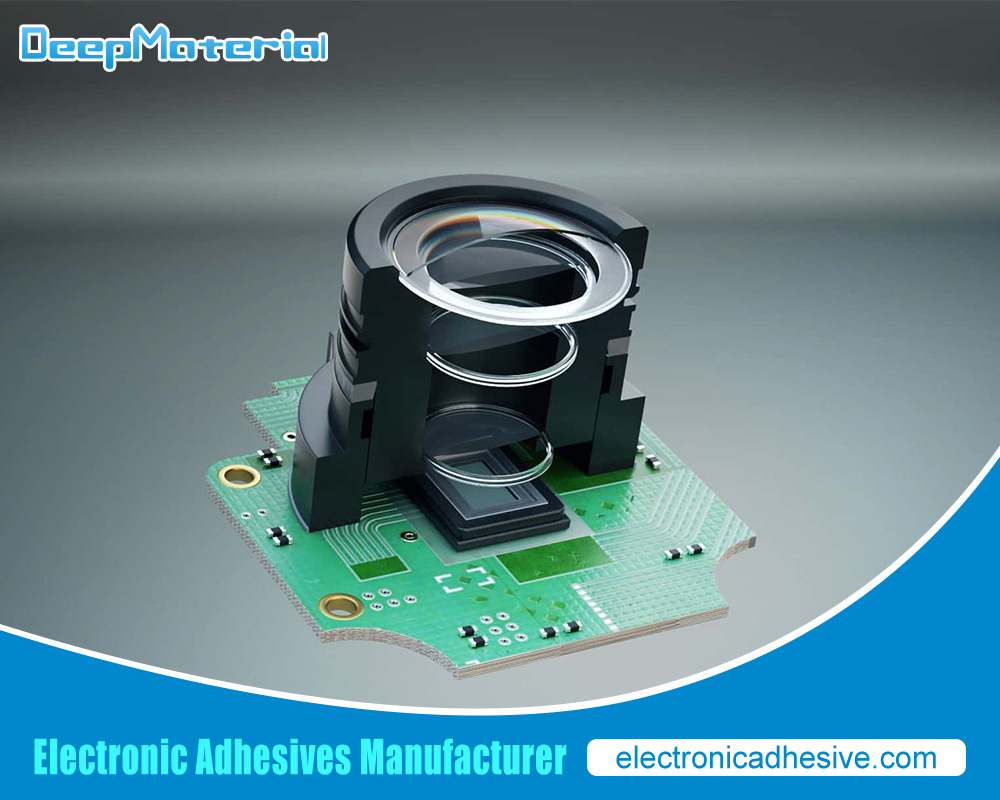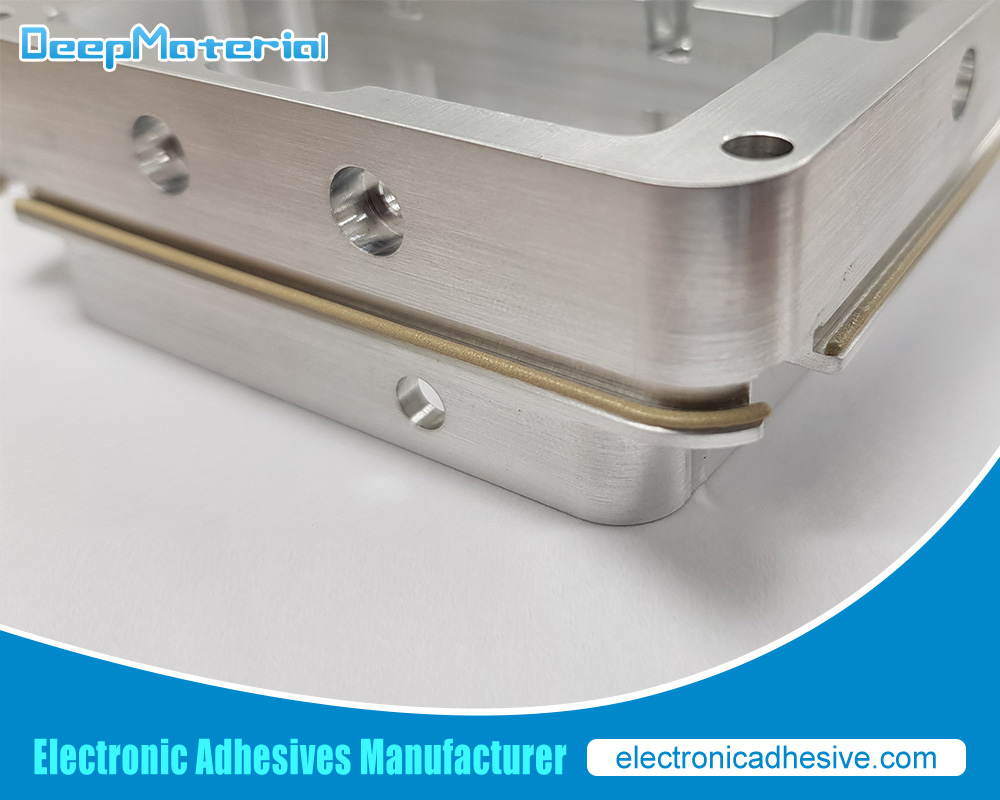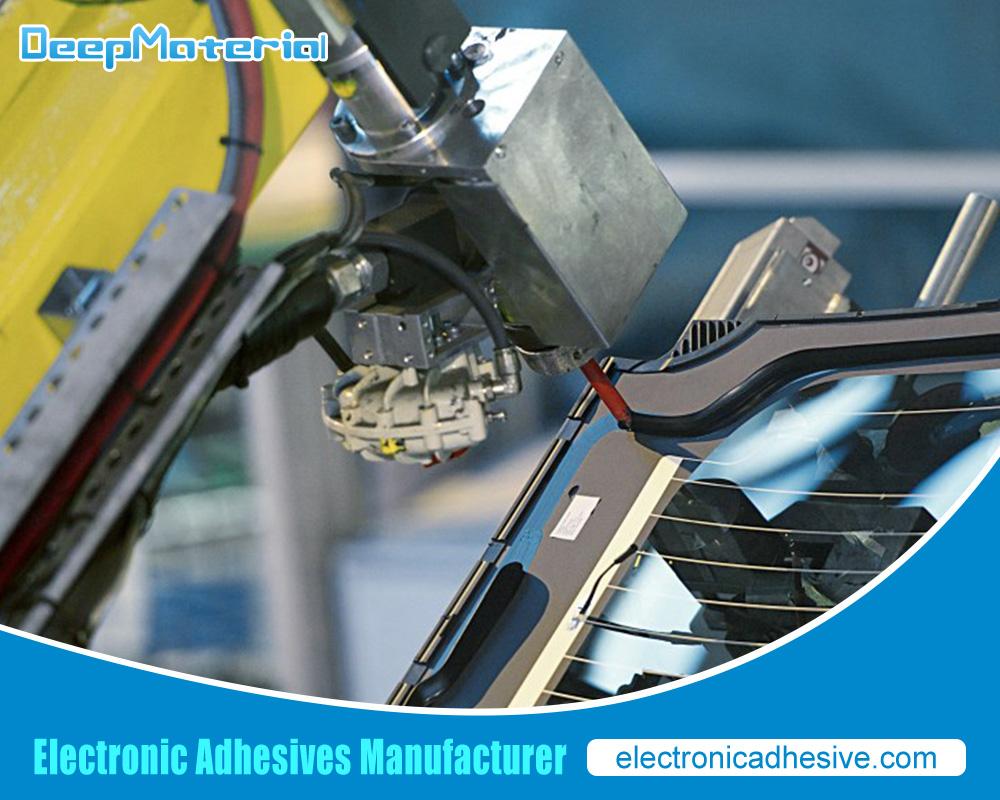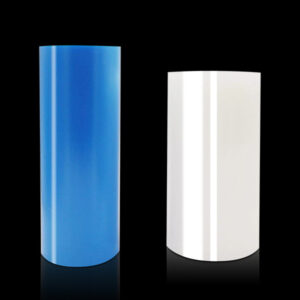Can Electronic Epoxy Encapsulant Potting Compounds Be Used For Underwater Applications?
Can Electronic Epoxy Encapsulant Potting Compounds Be Used For Underwater Applications?
Epoxy encapsulant potting compounds are superstars in the electronics world, shielding and insulating electronic components from moisture, corrosive chemicals, and temperature variations – all essential if the tech’s going to make it. With gripping significance, especially for underwater activities, these unique applications come with pressure changes and different elements that put your gear through its paces.
Let’s take a closer look at epoxy encapsulants – what makes them great for wet environments? There are challenges to consider but also advantages. It’s time to get out a magnifying glass and figure out just how well it performs when submerged.

Understanding the properties of electronic epoxy encapsulant potting compounds
Epoxy encapsulant potting compounds provide an all-encompassing protection that electronically safeguards components from external harm. On a molecular level, these are made up of a complex trinity of epoxy resin, hardener and added extras like fillers, fire retardants and UV stabilizers – making them exceptionally resistant to chemical dissolving solvents.
And on the physical side? Low shrinkage during curing seals those components tightly while having solid adhesion to an array of surfaces, including metals, plastics and ceramics.
These compounds come in different types, each catering to specific needs – general-purpose ones for everyday applications, heat-tolerant pans for extreme temperatures and even flame-retardant ones with low-viscosity elements packed in there, giving us safe alternatives when crafting circuit boards or electronic machinery.
All it takes is knowing your application’s temperature range, what level of chemical resistance you need, as well as strength capabilities required. With epoxy encapsulants at hand, we can conquer any challenge without stress.
The need for underwater applications
Epoxy encapsulant potting compounds are an absolute necessity for underwater applications, shielding the electronic components from water, pressure changes and corrosive elements. There’s a wide range of uses – sensors, communication devices, subsea cable connectors – almost anything that needs data collection or general communication in a wet environment.
Without this safety net, even tiny drops can cause havoc to sensitive parts, leading to malfunctions or catastrophic failures. These protective barriers are instrumental in keeping data flowing by safely separating essential electronics from nature’s fury.
It’s no wonder why we place so much emphasis on underwater applications: stronger, longer-lasting subsea infrastructure depends on it. From oil and gas pipelines to offshore wind farms to submersible vehicles – they all face a barrage of tough challenges in the form of saltwater corrosion, unpredictable temperature swings and intense pressure.
That’s precisely why epoxy-encapsulant potting compounds are an absolute must. They provide unbeatable protection against aggressive environments while helping extend the lifespan of these structures.
Challenges faced in underwater applications
Underwater applications bring along their own unique set of struggles, making the selection of an epoxy-encapsulant potting compound especially tricky. For starters, depending on the location, you could be looking at saltwater corrosion, harsh chemicals interacting with the compound or even UV radiation wreaking havoc over time – all negative Nellies that need to be outdone!
Having a protective wall from corrosive agents is a must, as they can cause severe damage when allowed in and corrode metal components faster than you can imagine. Choose your coating wisely – not only should it have admirable adhesion and chemical resistance, but also enough grunt to handle those extreme temperatures and pressure fluctuations without getting flustered.
Can electronic epoxy encapsulant potting compounds be used for underwater applications?
Taking into account several essential factors such as tolerance to salt and other chemicals, UV radiation resistance, and thermal stability in order to handle various temps and pressures – selecting the right compound for underwater applications can be difficult.
Plus, you need an electronic epoxy encapsulant potting compound with good adhesion and bonding properties. You want to make sure it’s going to stick perfectly so your project stands the test of time. Once you find something that meets all these requirements, then you have indeed picked a winner.
Assembling the right kind of protection is critical. That’s why you need an encasing material with low water absorption and superior waterproofing abilities to guard against moisture that can cause irreparable harm.
Also, it should stick tight – this stuff needs good adhesion capabilities for satisfactory bonding across diverse surfaces like metal, plastic and ceramic. And tough enough, stay in place through even the most intense vibration flows.
Advantages of using electronic epoxy encapsulant potting compounds for underwater applications
Epoxy encapsulant potting compounds are an excellent option for underwater applications, as they offer unbeatable protection from corrosion and degradation. Not only that, but these ensure your electronic component durability mustn’t go awry by reducing the adverse elements lurking within seawater.
Moreover, you’ll be electrified, and you’ll have improved insulation and conductivity delivered with every dose! In other words, up-levelling your application’s safety & application compound is top-notch in safeguarding against mindbogglingly destructive environments.
A more durable and long-lasting product is the result of epoxy-encapsulant potting compounds surrounding electronic components. Not only are the coatings resistant to saltwater, chemicals, and UV radiation, but they also reduce maintenance costs that very well could have been a massive burden in terms of time and money if not for their presence.
The padding proves beneficial in other ways, too. It ensures efficient electrical insulation, which consequently guards against leakage or short circuits – something you definitely wouldn’t want! Plus, fantastic thermal conductivity keeps temperatures low so that any heat produced doesn’t interfere with maintenance or reliability either.

Let’s Wrap Things Up
Let’s it up: electronic epoxy encapsulant potting compounds are a great way of shielding electrical components against underwater conditions. Resistant to many things – ranging from water and chemicals to temperature fluctuations. Not only do they ward off corrosion and decay, but they also reinforce durability, improve insulation, and bolster conductivity in order to keep your elements performing well.
But while these materials may come at a price and not always play nice with other items in their vicinity, continual advancements mean those deficits may soon be a thing of the past. Engineers are constantly thinking outside the box so that quality is improved without breaking bank accounts or hurting our environment; who knows what breakthroughs tomorrow might bring.
For more about choosing the electronic epoxy encapsulant potting compounds, you can pay a visit to DeepMaterial at https://www.electronicadhesive.com/about/ for more info.











